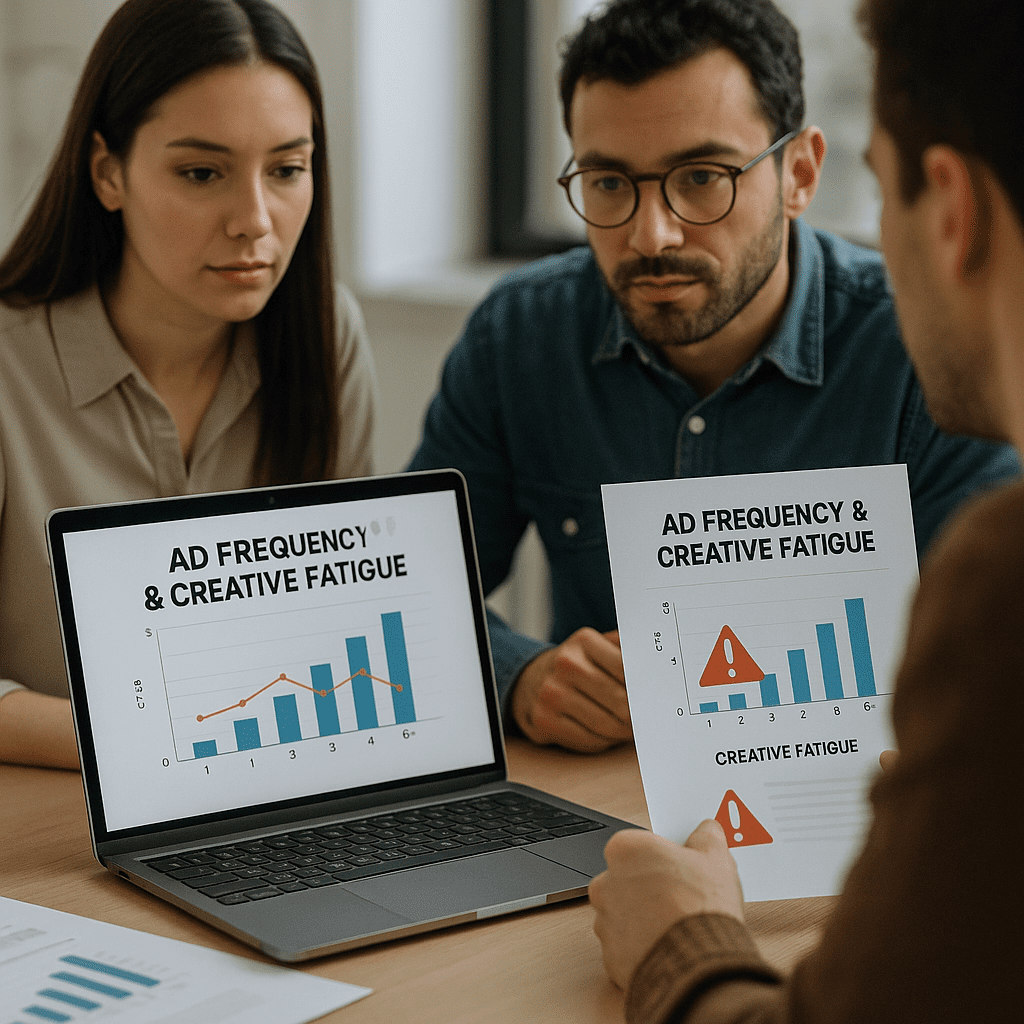
UA Campaign Optimization in 2025: Mastering Creative Fatigue and Refresh Strategies with Data
As user acquisition (UA) channels mature and algorithms become more sophisticated, the way mobile app marketers manage and optimize campaigns must evolve. In 2025, the true frontier of UA success lies in identifying creative fatigue early, leveraging advanced analytics to forecast performance decay, and executing systematic refresh strategies that sustain engagement and drive return on ad spend (ROAS). This comprehensive guide walks growth teams through the metrics, technologies, and processes needed to stay ahead of fatigue and maximize campaign impact.
Why UA Campaign Optimization Must Evolve in 2025
Traditional UA tactics—bid adjustments, budget reallocations, audience tweaks—remain important, but they no longer move the needle on their own. Top-performing brands now:
- Integrate Predictive Analytics to model future performance and detect early signs of creative burnout.
- Automate Decisioning through rules-based systems and machine learning that optimize bids, creatives, and placements in real time.
- Diversify Channels beyond core networks, testing emerging formats on TikTok, Snapchat, and programmatic audio/video.
- Adopt Creative Frameworks that accelerate ideation, rapid prototyping, and multivariate testing to keep content fresh.
By combining human insight with data-driven processes, growth managers can balance efficiency—keeping cost per install (CPI) in check—with scale, ensuring performance objectives are met without sacrificing creative quality.
Key Pillars of Next-Gen UA Optimization
- Concurrent Campaign Structures: Run separate test cells for acquisition, retargeting, and in-app events to isolate lift and allocate budget dynamically.
- Dynamic Creative Optimization (DCO): Leverage platform APIs to assemble and rotate creative elements—images, headlines, CTAs—based on performance data.
- Cross-Channel Attribution: Implement unified measurement frameworks that align click, view, and post-install data across Meta, Google, TikTok, and programmatic partners.
- Automated Alerts & Playbooks: Trigger automated refresh workflows when KPIs drift beyond predefined thresholds, ensuring no lag between detection and action.
Understanding and Measuring Creative Fatigue
Creative fatigue occurs when a target audience is overexposed to the same or similar ad assets, leading to ad blindness, message saturation, and rising acquisition costs. Growth teams must detect fatigue early to avoid performance cliffs. In 2025, a data-centric approach to fatigue measurement combines real-time dashboards with predictive models and multichannel monitoring.
Leading Indicators of Fatigue
- Declining Click-Through Rate (CTR): A 10–15% drop in CTR week-over-week often signals that a creative’s novelty has worn off.
- Rising Cost Metrics: Increases in CPI or cost per click (CPC) beyond historical variance indicate friction in the funnel.
- Conversion Rate Slippage: Lower in-app event rates (e.g., registrations, purchases) suggest the creative no longer resonates.
- Onboarding Drop-Offs: Spikes in users abandoning setup or tutorial flows post-install can be tied back to misleading or stale ad messaging.
- ROAS Decline: A sustained drop in blended ROAS relative to baseline benchmarks highlights underperforming creative assets.
Quantitative Detection Techniques
- Predictive Time-Series Models: Use ARIMA or exponential smoothing to forecast KPI trends and flag early deviations.
- Machine Learning Classifiers: Train random forest or gradient boosting models on 20+ variables—impressions, view time, engagement metrics—to predict fatigue up to a week in advance.
- Cross-Channel Dashboards: Correlate performance dips across Meta, Google Ads, TikTok, and programmatic platforms to understand cross-pollination effects.
- Multivariate Cohort Testing: Split audiences by frequency cap or creative variation to isolate exposure effects on key metrics.
Proactive Creative Refresh Strategies
Knowing when a creative is fatigued is only half the battle. Leading UA teams follow a disciplined refresh framework that balances speed, quality, and learnings retention.
- Baseline Tracking & Alerts
Set dynamic thresholds (±10% week-over-week) on CTR, CVR, CPI, and ROAS. Use business rules to auto-pause or swap creatives when two or more indicators trigger. - Fatigue Mapping
Maintain a “fatigue calendar” by channel and creative. Project average lifespan (in days/impressions) to plan production sprints. - Creative Supply Pipeline
Preproduce a library of concepts—user testimonials, gameplay reels, feature highlights—so new assets can go live within 24–48 hours of a refresh trigger. - Onboarding Signal Correlation
Tag ad sources through deep links and track onboarding completion. A 20%+ drop in completion rate vs. cohort baseline signals misalignment between ad promise and in-app experience. - Archive and Analyze
Catalog winning and losing creatives by hook, format, length, and CTA. Feed these insights back into the creative brief to accelerate iteration.
Actionable Data-Driven UA Optimization Checklist
- Monitor core KPIs (CTR, CVR, CPI, ROAS) on a daily dashboard, with automated weekly summaries.
- Label and track every creative variation across platforms for unified reporting.
- Deploy predictive analytics and ML models to flag fatigue at least 3–5 days before major performance dips.
- Execute creative refresh within 48 hours of two or more fatigue signals activating.
- Review and document fatigue patterns quarterly to refine creative development sprints.
Partner with Admiral Media for Advanced UA Growth
Combatting creative fatigue and optimizing UA at scale requires both strategic vision and operational excellence. Admiral Media combines proprietary predictive models, programmatic expertise, and creative production workflows to keep your campaigns fresh and cost-efficient. Learn more about our services and discover how we partner with top mobile brands to drive sustainable growth.
Conclusion
In 2025, mastering UA campaign optimization demands a proactive, data-driven approach to creative management. By tracking fatigue indicators, leveraging predictive analytics, and executing disciplined refresh strategies, mobile app marketers can maintain strong engagement, control acquisition costs, and boost long-term ROAS. Equip your team with the right metrics, models, and partner expertise to stay ahead of creative fatigue and scale your UA performance into the future.
